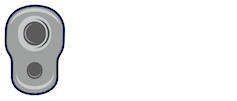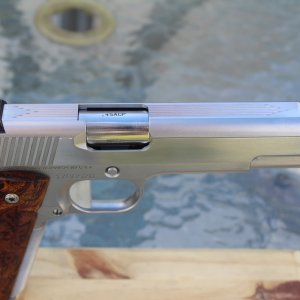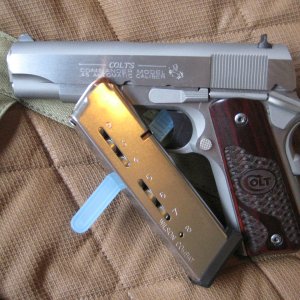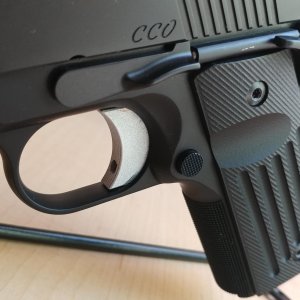yury
Well-Known Fanatic
Being a beginner, I'm trying to practice for SCSA (and USPSA) at home, mostly inside. Setting up a stage using scaled targets somewhat cumbersome and requires lots of time and/or space to change stages. So far I heard a recommendation to use some type of screen (e.g. for a projector) to attach scaled targets, but still it's really hard to approximate scale and positions using photos. Assuming that's the only way to proceed, I'm trying to create templates for each SC stage, and I need help with checking my calculations. There is my web app at http://async5.org/fpsc/that generates PDFs of the stages (based on height and distance to the poster), e.g. http://async5.org/fpsc/SC-101_5_to_Go.pdf , that can be glued from smaller pieces and used a template.
So questions: Am I overdoing it and is there an easier way? Can somebody with good muscle memory, observation skills, a stage on a backyard (and time to print and put stuff together) check if I'm too off in my calculations?
So questions: Am I overdoing it and is there an easier way? Can somebody with good muscle memory, observation skills, a stage on a backyard (and time to print and put stuff together) check if I'm too off in my calculations?








